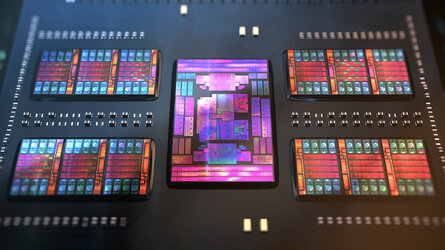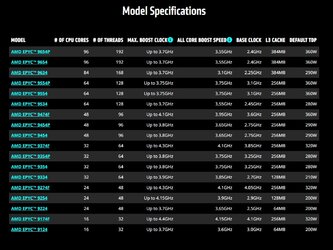- Joined
- Dec 6, 2010
I don't see any place to post on server CPU's so I'm putting it here.
For those that don't know, AMD has new EPYC CPU's, the 9004 series, they use a new socket type SP5, what I'm wondering is how long will this will pass to desktop CPU's?
For those that don't know, AMD has new EPYC CPU's, the 9004 series, they use a new socket type SP5, what I'm wondering is how long will this will pass to desktop CPU's?
Last edited:




